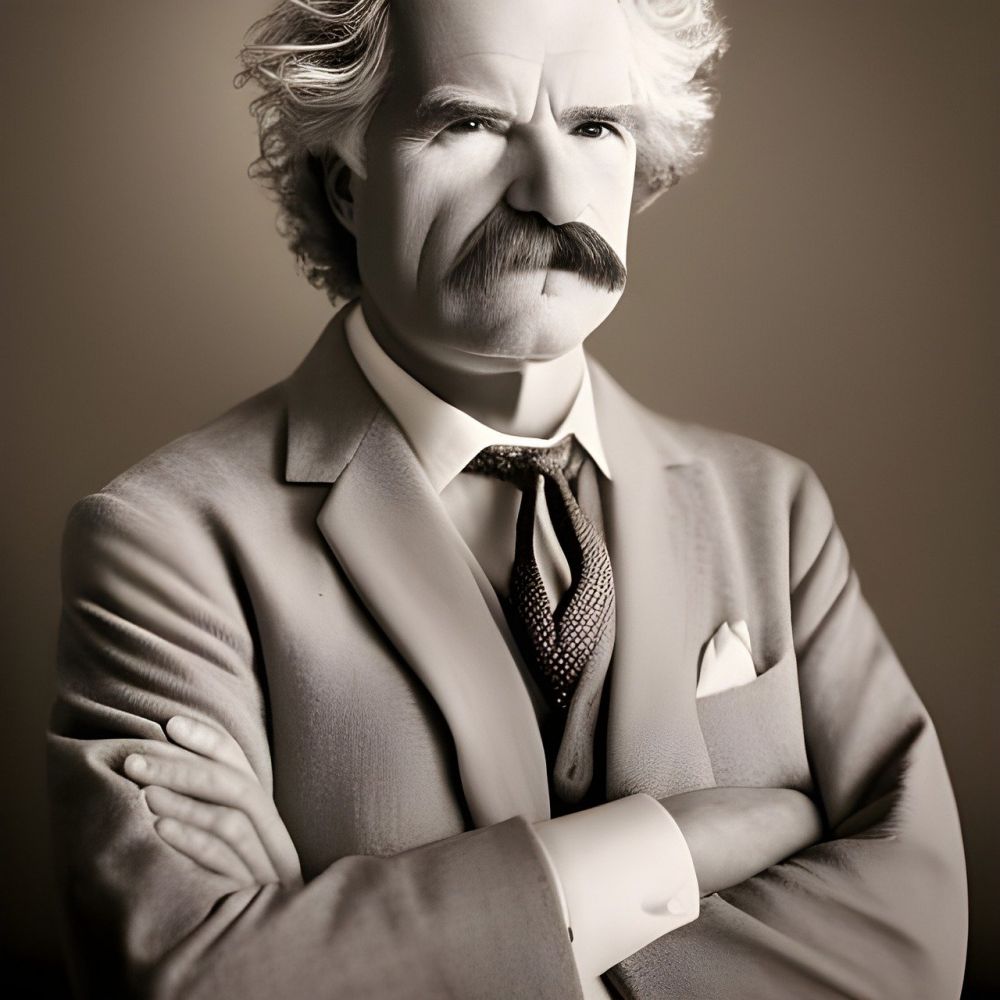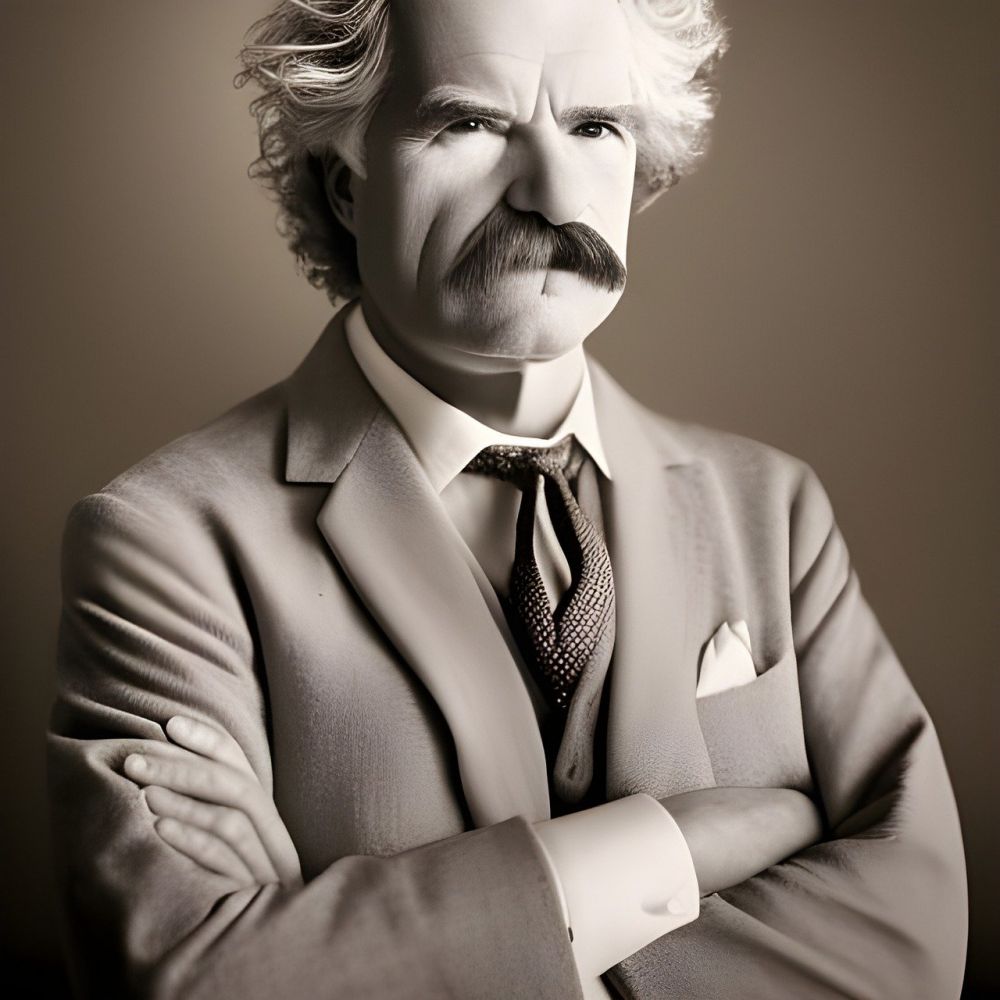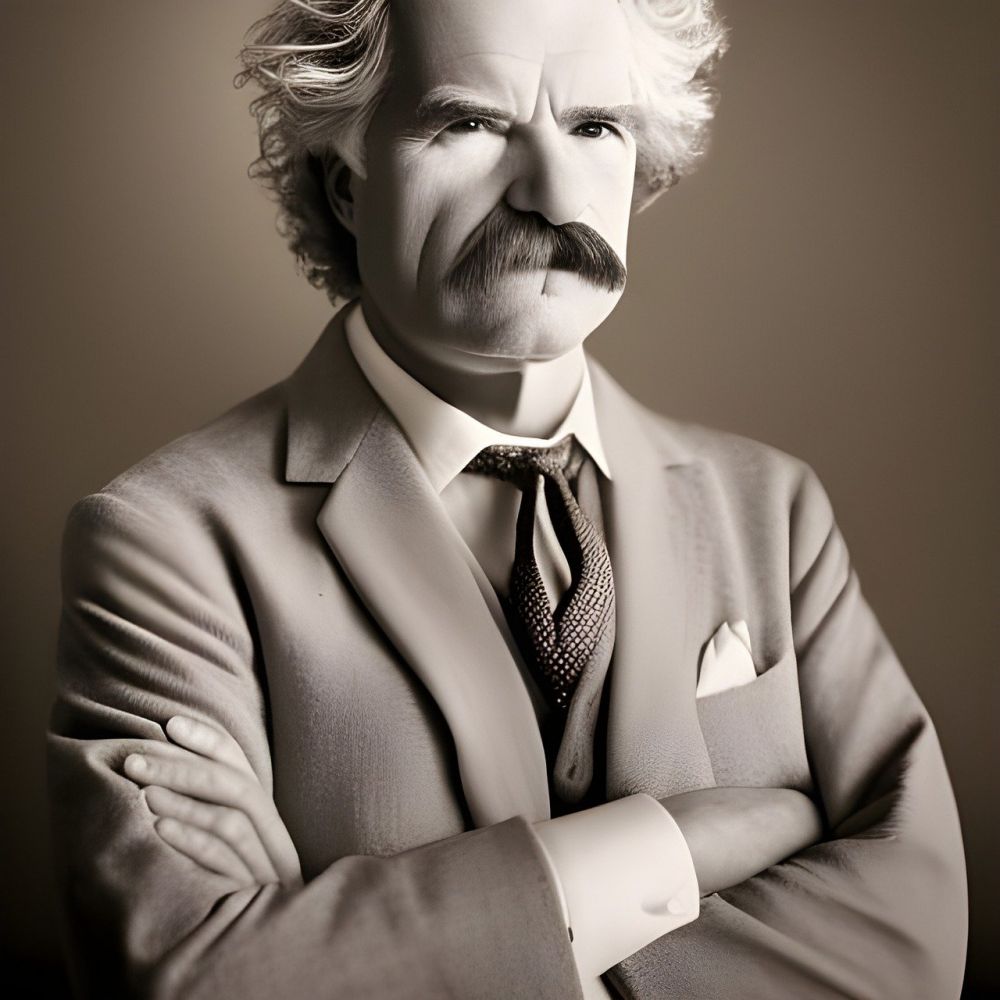Emma, Jane Austen: A Literary Masterpiece Unveiled

Introduction
Emma, Jane Austen’s fourth published novel, continues to captivate readers with its timeless story and compelling characters. Released in 1815, Emma explores the societal conventions and relationships of early 19th-century England. This article delves into the depths of Austen’s Emma, shedding light on its significance, historical context, and evolution over time.
The Novelist Behind Emma

Jane Austen, a renowned English author, was born on December 16, 1775, in Hampshire, England. Her witty and insightful novels have earned her a prominent place in literary history. With a sharp observation of society and an astute understanding of human nature, Austen crafted stories that continue to resonate with audiences worldwide.
Emma: A Synopsis
Set in the fictional town of Highbury, Emma Woodhouse takes center stage as the novel’s protagonist. Emma, a young and wealthy woman, lives with her father in the grand Hartfield estate. In her naiveté, she believes herself to be an excellent matchmaker and tries to orchestrate romantic endeavours for those around her. As the story unfolds, Emma’s misguided meddling leads to unforeseen consequences and self-discovery.
Significance and Themes
Emma delves into several important themes that make it a significant work of literature. One central theme revolves around societal expectations and class divisions prevalent during Austen’s time. The novel explores the consequences of meddling in other people’s lives and the importance of self-awareness and personal growth.
Through the character of Emma, Austen also sheds light on the limitations faced by women in a patriarchal society. Emma represents the struggles and restrictions placed upon women in terms of marriage, companionship, and financial independence. Austen subtly challenges these constraints, providing subtle commentary on societal norms and expectations.
Historical Context
To fully understand Emma, it is crucial to consider the historical context in which Austen wrote. The early 19th century witnessed a rigid class structure, where societal roles and expectations were strictly enforced. Women were primarily viewed as property, expected to marry well and maintain their reputation. Emma defies some of these norms, subtly challenging the status quo.
Emma’s Evolution through Time
Since its publication, Emma has experienced various adaptations and interpretations. From stage plays to film adaptations, the story of Emma has been brought to life in diverse mediums. One notable adaptation is the 2020 film adaptation directed by Autumn de Wilde, bringing a vibrant and fresh take on Austen’s masterpiece to a modern audience.
Emma has also gained recognition for its significant influence on future literature. Austen’s character development, subtle social commentary, and clever storytelling techniques have continued to inspire generations of writers. Elements of Emma could be seen in renowned works such as Louisa May Alcott’s Little Women and Helen Fielding’s Bridget Jones’s Diary, a testament to Austen’s enduring legacy.
Featured Snippet Potential
To enhance the likelihood of this article appearing as a featured snippet on a Google search, we have structured the text in a way that aligns with Google’s featured snippet format. Here is a breakdown of the section headings:
Introduction
The Novelist Behind Emma
Emma: A Synopsis
Significance and Themes
Historical Context
Emma’s Evolution through Time
Meeting the Demands of Art Enthusiasts and Collectors
With its rich historical context, captivating storytelling, and timeless themes, Emma by Jane Austen continues to mesmerize art enthusiasts and collectors alike. Austen’s insightful portrayal of societal norms, relationships, and personal growth provides a thought-provoking narrative that resonates with audiences across generations. As Emma embarks on her matchmaking misadventures and navigates the constraints of her time, readers are invited to reflect on their own lives and the restrictions imposed by society.
In conclusion, Emma remains a literary masterpiece that merits recognition and continual exploration. Jane Austen’s remarkable storytelling and astute observations of human nature continue to inspire readers and artists alike. Through the mediums of literature, film, and beyond, Emma’s influence endures, reminding us of the timeless themes and complexities of life in Austen’s era and beyond.





